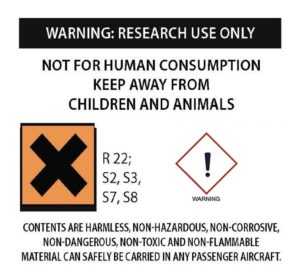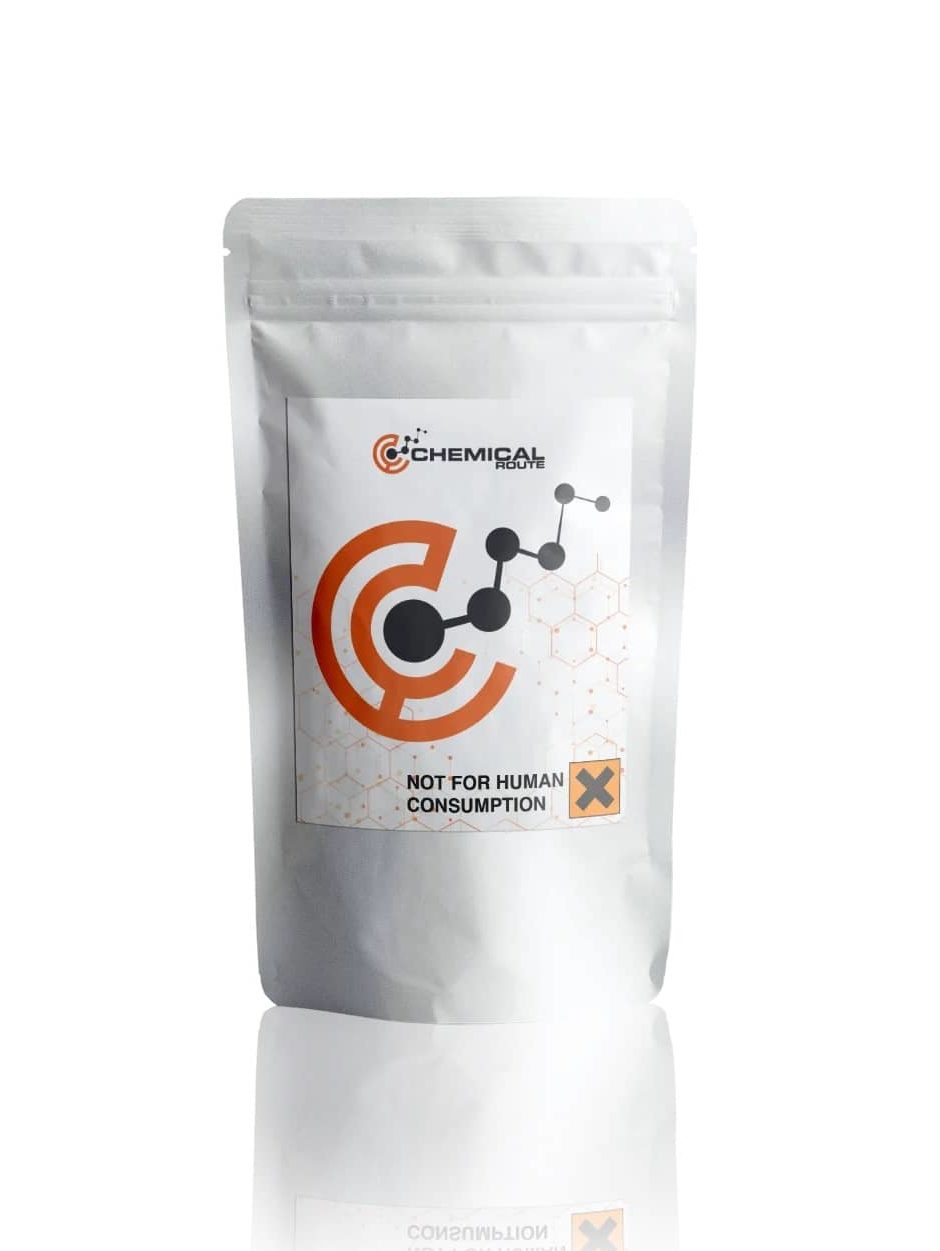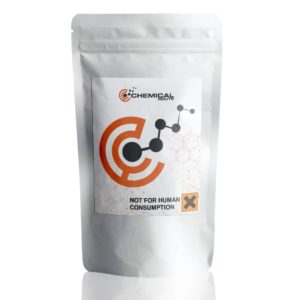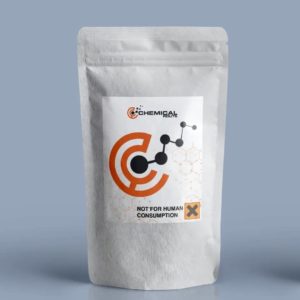Description
4-HO-DPT, Deprocin
Product information
IUPAC-name 3-[2-(Dipropylamino)ethyl]-1H-indol-4-ol
Synonyms 4-HO-DPT, Deprocin, 4-hydroxy-N,N-dipropyltryptamine
Formal name 3-[2-(Dipropylamino)ethyl]-1H-indol-4-ol
Cas number 63065-88-3
Formula C16H24N2O
Molar Mass 260.381 g·mol−1
Purity 99.0 % min.
Formulations A neat solid, Powder
Solubility
- DMF: 25 mg/ml
- DMSO: 25 mg/ml
- DMSO:PBS (pH 7.2) (1:1): 0.5 mg/ml
- Ethanol: 2 mg/ml
4-HO-DPT, Deprocin, 4-hydroxy-N,N-dipropyltryptamine
4-HO-DPT is a derivative of DPT that can be found in the tryptamines. It was first synthesized by Alexander Shulgin in his book TiHKAL. It is also referred to as Procin. Dipropyltryptamine, also known as DPT, is a tryptamine that can be substituted for psychedelic effects. 4-HO-DPT is an analog of 4-hydroxyl and dipropyltryptamine.
It is commonly used as an entheogenic compound or recreationally. Due to its difficult synthesis, it is not widely used. It also has a low history of human usage. This compound is acquired through the use of online chemical vendors.
In 2019, Chadeayne and colleagues published the crystal structure of 4-HO-DPT. The researchers explained that the compound’s asymmetric unit features a protonated 4-HO-DPT cation. It also has two independent water molecules and half of a fumarate ion present.
Chemistry
4-HO-DPT, which is a synthetic indole of tryptamine, is a member of the class of tryptamines. The core structure of Tryptamines is composed of a bicyclic indiole heterocycle that is attached to an amino group using an ethyl side chain. It is substituted for R4 with a hydroxyl functional group. 4-HO-DPT also contains two propyl chains that are bound to the DPT. 4-HO-DPT is also considered as a 4-hydroxy analog of 4-AcO-DPT.
Pharmacology
Like other psychedelic drugs, 4-HO-DPT is believed to act as a partial agonist of 5-HT2A. The effects of this drug are believed to be triggered by its binding to the receptor. However, the exact mechanisms by which this interaction results in the psychedelic experience remain unclear.
The toxicological and physiological properties of this compound has not been analyzed. Usage of this Chemical should be for research and forensic purposes only.
WARNING This product is not for human or veterinary use.

This product is only available to persons of 21 years old and above.
Hazard statement(s)
| H302 | Harmful if swallowed |
| H315 | Causes skin irritation |
| H319 | Causes serious eye irritation |
| H332 | Harmful if inhaled |
| H335 | cause respiratory irritation |
| H336 | cause drowsiness or dizziness |
| Precautionary statement(s) | |
| P264 | Wash hands thoroughly after handling |
| P280 | protective gloves/protective clothing/eye protection/face protection |
| P305 + P351 + P338 | IF IN EYES: Rinse cautiously with for several minutes. Remove contact lenses, if present and easy to do. Continue rinsing. |
| P337 + P313 | If eye irritation persists: Get medical advice/attention |
| P261 | Avoid breathing dust/ fume/ gas/ mist/ vapors/ spray |
| P271 | Use only outdoors or in a well-ventilated area |
| P304 + P340 | IF INHALED: Remove victim to fresh air and keep at rest in a position comfortable for breathing |
| P312 | Call a POISON CENTER or doctor/physician if you feel unwell |
| P403 + P233 | Store in a well-ventilated place. Keep container tightly closed |
| P405 | Store locked up |
| P501 | Dispose of contents/container to a licensed disposal company |




Reviews
There are no reviews yet.